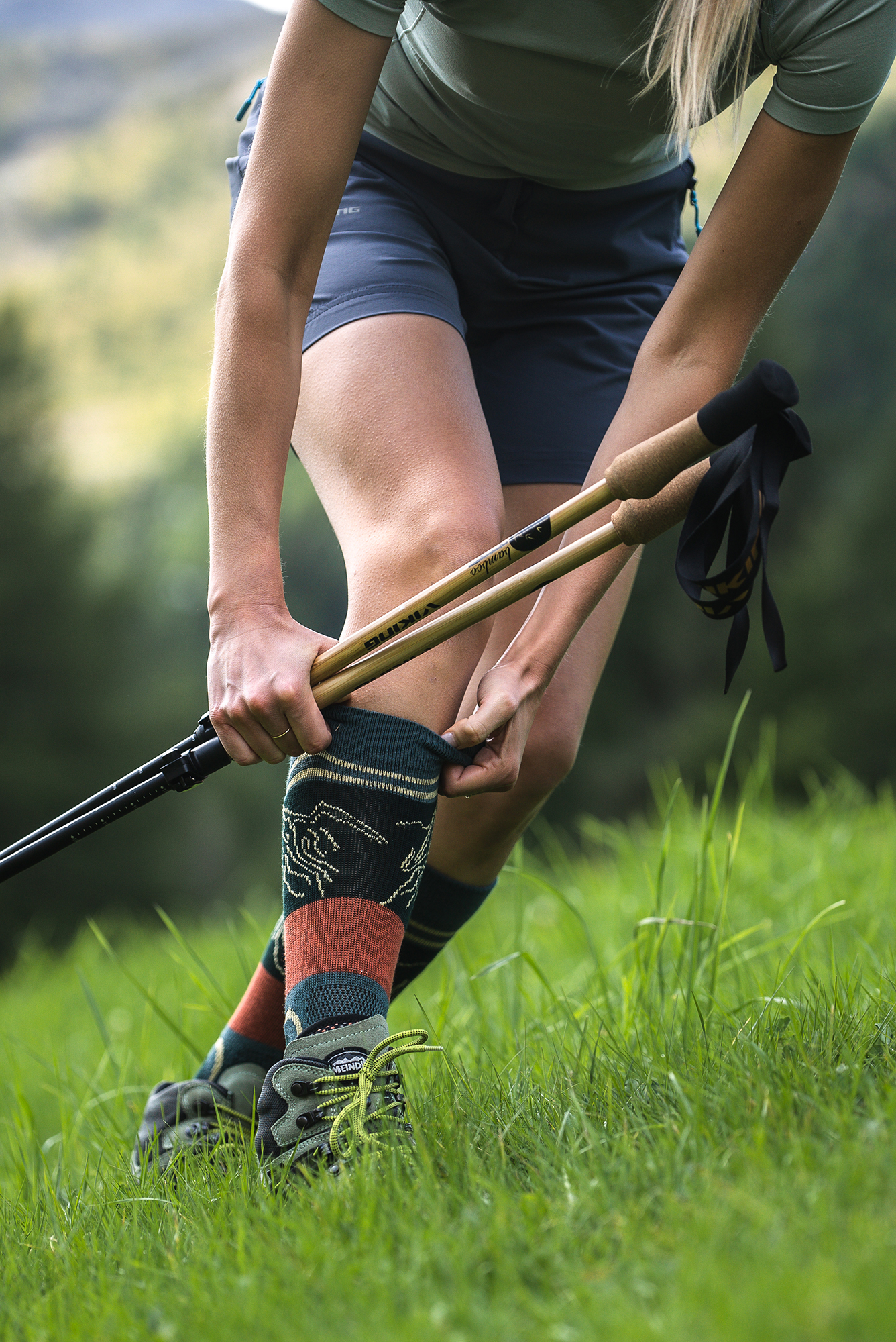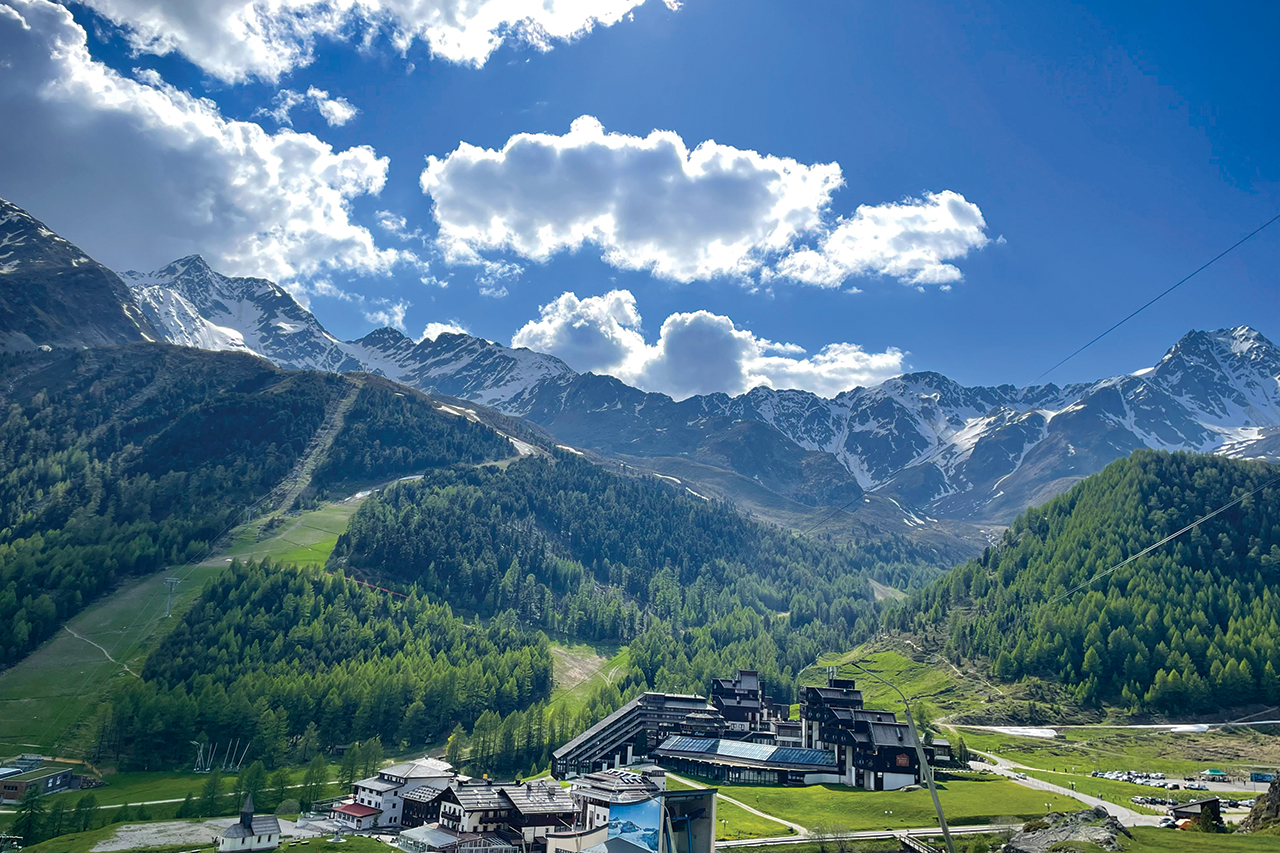How to Choose Trekking Poles
- 12.06.2024
- 0 Comments

How to Choose Trekking Poles
Whether you're a seasoned hiker or a casual weekend trekking enthusiast, the right trekking poles can transform your outdoor adventures. They provide stability, reduce impact on your joints, and can even improve your posture and endurance on the trail. However, with a variety of options available, choosing the perfect trekking poles can be daunting. This guide will walk you through the essential factors to consider to ensure you select the best trekking poles for your needs.
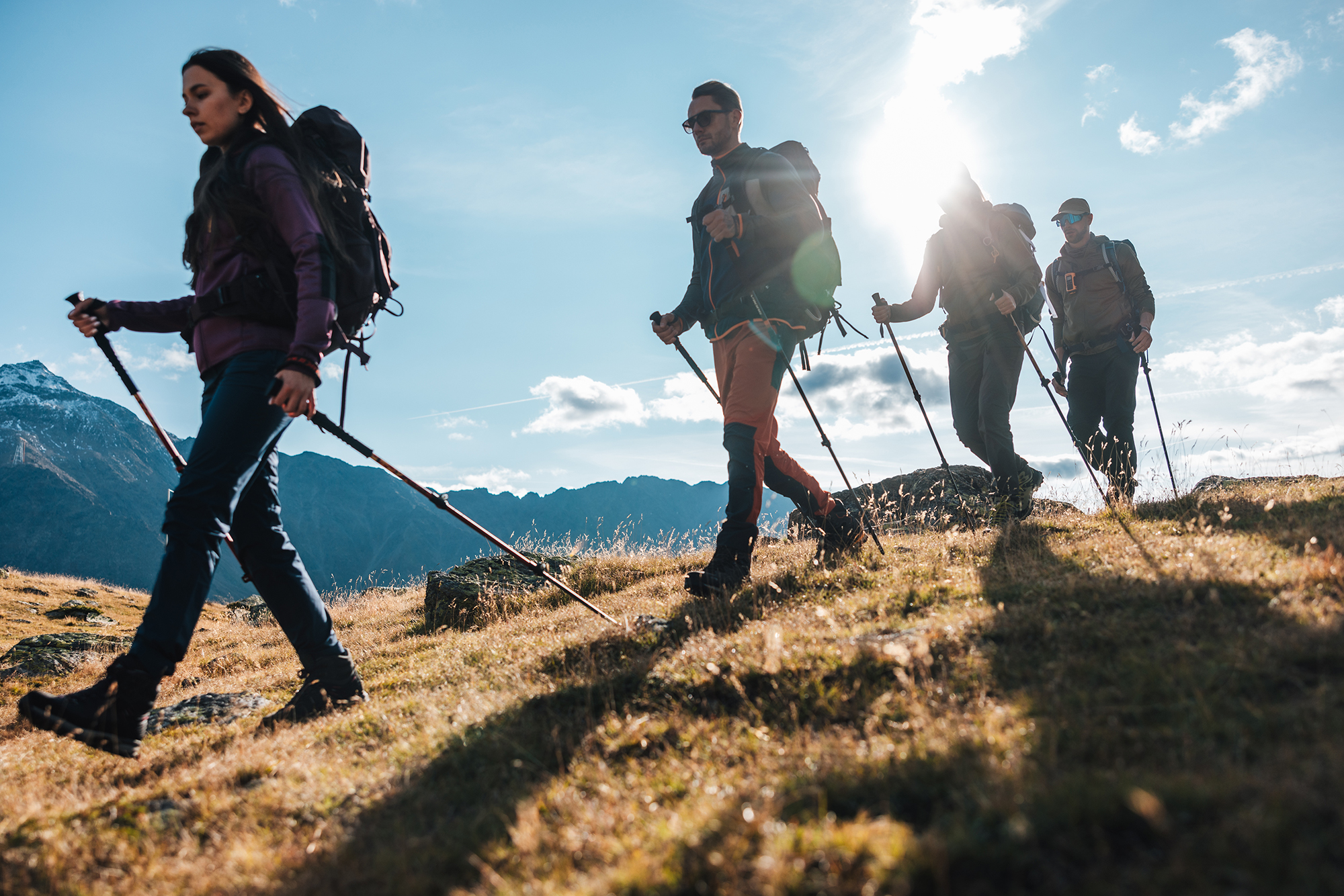

Why Use Trekking Poles?
Trekking poles are a worthwhile investment for any hiker because they significantly enhance stability and balance on uneven terrain, making your hike safer and more comfortable. By reducing the impact on your knees and other joints, especially on descents, they can alleviate pain and prevent injuries. Moreover, trekking poles distribute effort across your upper body, allowing you to hike longer distances with less fatigue. They also offer versatility, proving useful in a variety of conditions, from steep climbs and descents to crossing streams and navigating snowy paths. These benefits make trekking poles an essential tool for enhancing your hiking experience.
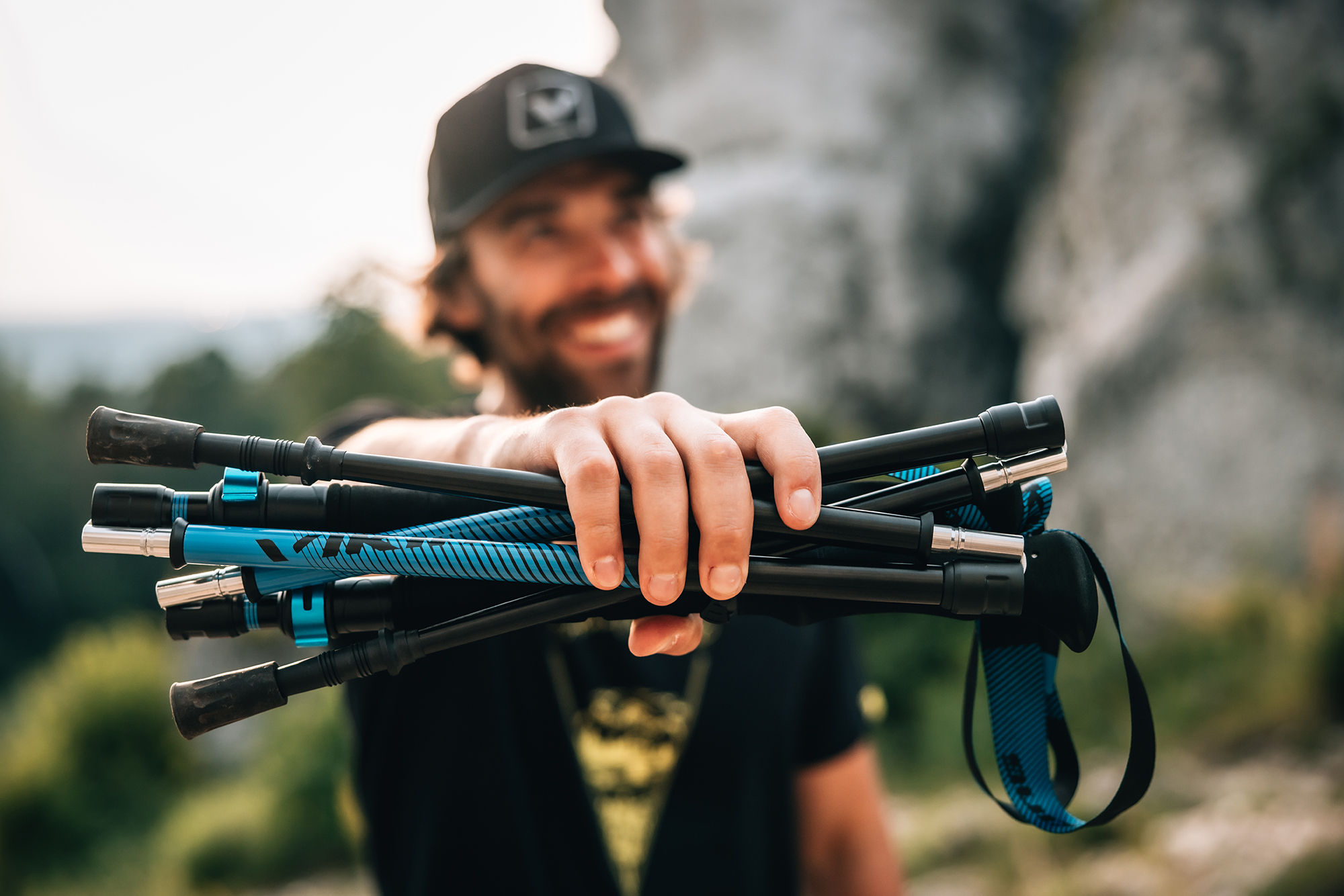

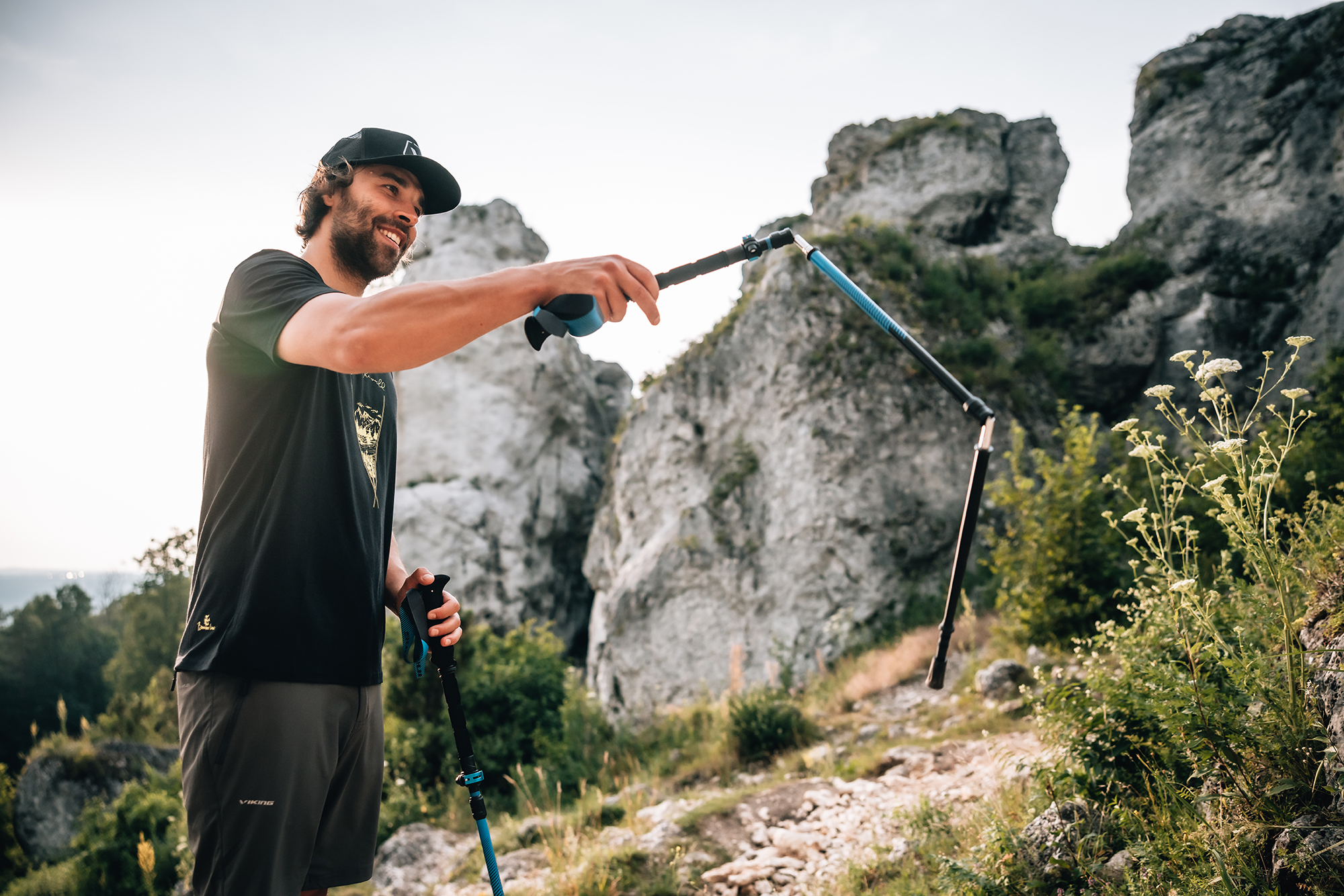



Key Factors to Consider
Pole Type
● Adjustable Poles: These allow you to change the length to suit different terrains and personal preferences. They are ideal for varied trails and can be shared among different hikers.
● Fixed-Length Poles: Lighter and simpler, but less versatile. Suitable for those who hike similar terrain consistently.
● Folding Poles: Compact and easy to pack, folding poles are great for travelers and those who need to stow their poles frequently.
Materials
● Aluminum: Durable and relatively inexpensive, aluminum poles are a good choice for rugged use. They can bend under extreme pressure but are less likely to break.
● Carbon Fiber: Lighter and typically more expensive, carbon fiber poles absorb shock well but can break under high stress.
Grip Materials
● Cork: Comfortable, moisture-resistant, and conforms to your hand over time. Ideal for long hikes.
● Foam: Soft and absorbs moisture, making it good for sweaty hands. Less durable than cork.
● Rubber: Provides a firm grip and is excellent for cold weather as it insulates hands from the cold pole.
Locking Mechanisms
● Fast Lock: A lever-based system that is quick and easy to adjust, even with gloves on.
● Twist Lock: Requires twisting the pole sections to secure them. Generally lighter but can be less reliable over time, especially in cold or wet conditions.
Additional Features
● Shock Absorption: Some poles come with built-in shock absorbers, which can be beneficial on rocky or hard terrain.
● Weight: Lighter poles reduce fatigue but may compromise durability.
● Baskets: Interchangeable baskets allow you to adapt poles for different conditions, such as mud or snow.
● Tips: Look for carbide or steel tips for durability. Rubber tips are useful for paved surfaces and can be added over the metal tips.
● Women’s-Specific Trekking Poles: These poles are lighter and have a slightly shorter length adjustment range than the basic version, providing a better fit for women hikers.
● Extended Grip: Thanks to the extended foam handle, it is possible to quickly adjust the height of the grip without stopping for adjustment.
Finding the Right Fit
The correct pole length is crucial for comfort and efficiency. Here's a simple method to determine the right length:
- Stand upright and hold the pole upside down, gripping just under the basket.
- Your elbow should form a 90-degree angle.
- Adjust the pole length accordingly, or choose a fixed-length pole that matches this measurement.
Testing Before Purchase
If possible, testing the poles in a store can be extremely beneficial. Hold the poles to ensure the grips are comfortable and suit your hand size. Try adjusting the length to see how easy it is to operate, ensuring the locking mechanism is secure and easy to use. This hands-on experience can help you determine if the poles meet your ergonomic and functional needs before making a purchase.
Conclusion
Choosing the right trekking poles is a personal decision that depends on your hiking style, terrain, and preferences. By considering factors such as pole type, materials, grip, locking mechanism, and additional features, you can find poles that enhance your hiking experience. With the right poles in hand, you'll be ready to tackle any trail with confidence and ease.
Happy hiking!
